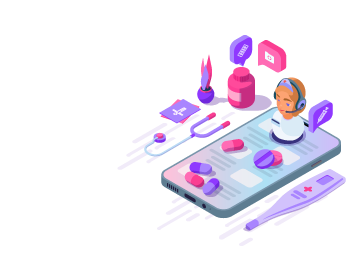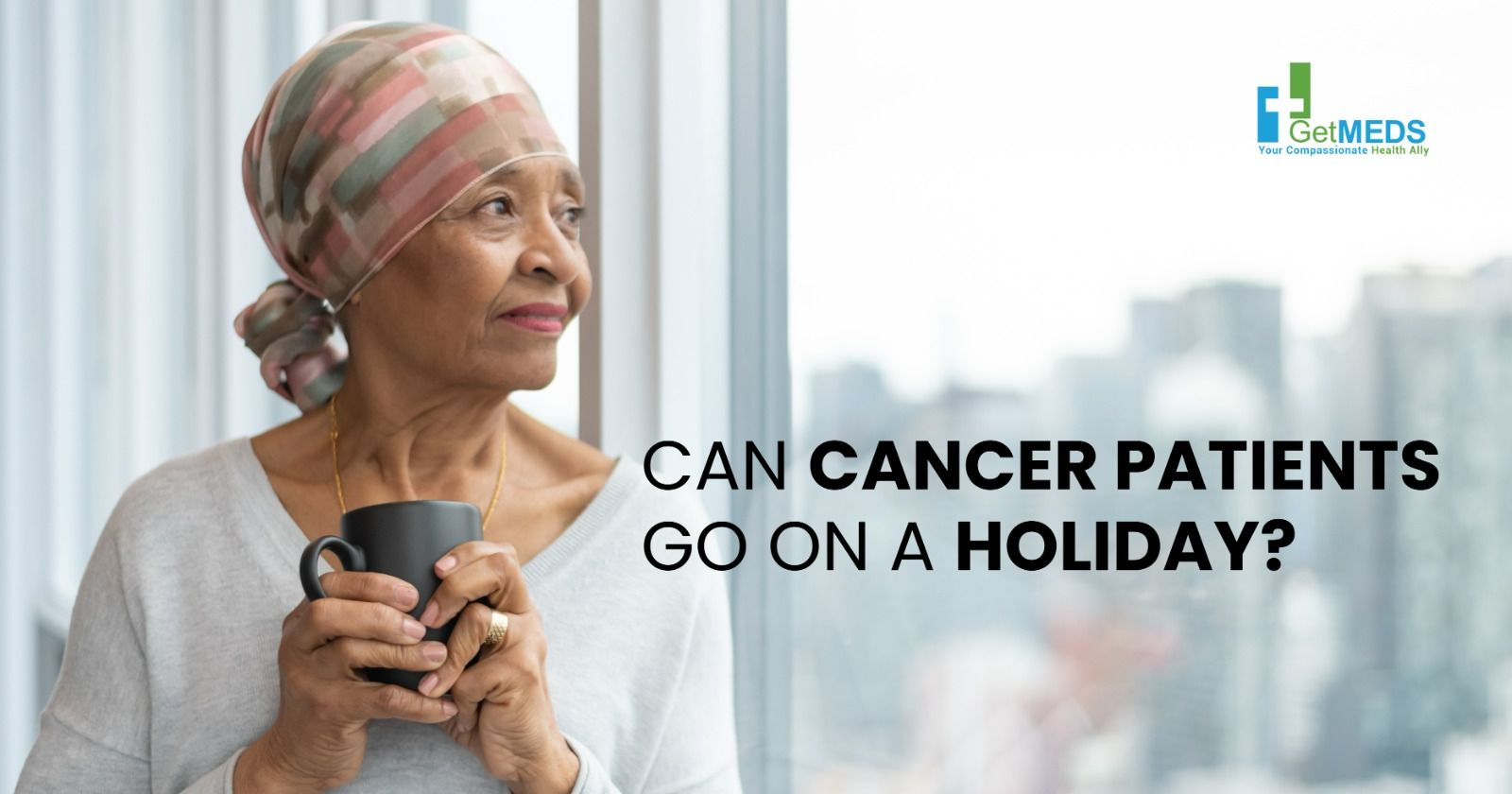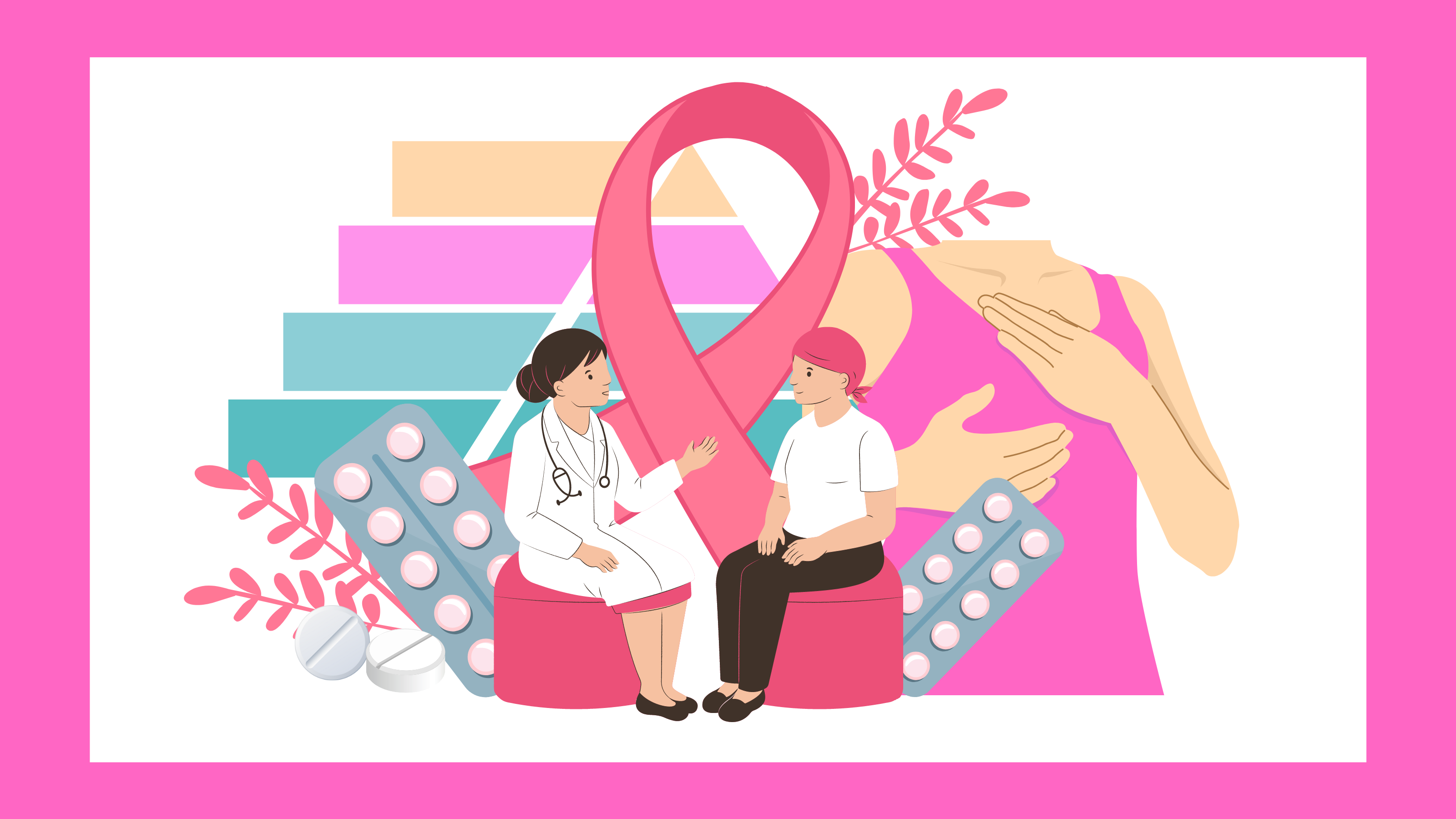Your liver can accumulate excessive fat if you are a regular consumer of hard liquor or alcohol. The tissue and cells of your liver may start whipping and such a condition can further leave to the critical ailment of liver cirrhosis. But apart from the facts of alcoholic fatty liver disease, people who are non-alcoholic may also become a victim of fatty liver due to various lifestyle reasons.
In such circumstances, the functional efficiency of your liver decreases. Betterment in lifestyle can bring a huge change in the condition of NAFLD (Non-alcoholic fatty liver disease). A healthy lifestyle further prevents the condition from getting worse like life-threatening liver problems. The NAFLD umbrella term of fatty liver disease that defines as hepatic steatosis. It suggests five to ten per cent of a liver’s mass is fat.
Symptoms of Fatty Liver Under Non-Alcoholic Condition
In most of the NAFLD cases, patients often fail to recognize the noticeable symptoms. When traits are present, they normally involve frequent aching in the top right side of the stomach, weariness and fatigue, swollen liver or spleen (customarily inspected by a doctor during a diagnostic test), ascites, or lump in the paunch and jaundice, or hepatitis. When the conditions start advancing to cirrhosis, the common symptoms of fatty liver are loss of healthy liver function, internal bleeding, fluid retention and mental breakdown.
NAFLD normally has no signs. So, diagnosis usually begins with a blood test to detect disturbed levels of liver enzymes. A conventional blood test could report this issue. High levels of liver enzymes could further imply different liver conditions. Your physician will specify the conditions before diagnosing NAFLD. T
he excess fat in the liver will be tested through an ultrasound examination. Next step is the transient elastography test to measure the hardness of your liver. More stiffness implies greater scarring. On the inconclusive results, you may have to go for a liver biopsy. In this examination, the surgeon extracts a little unit of liver mass with a pin interpolated through the abdomen.
The unit will be sent in a lab for studying the symptoms of swelling and scarring. So if you are facing certain issues like right-side gastric pain, jaundice, or belly swelling, consult a gastrologist.
What Causes Fatty Liver Even if You’re a Non-Alcoholic?
Unlike fatty liver disease alcohol, the specific causes of NAFLD aren’t properly explained. There seems to be a link between the condition and the hormone insulin impedance. The insulin hormone unhitches cells to get in glucose from the blood so that the muscles and tissues receive a proper amount of glucose (sugar) for energy.
Insulin further stimulates the liver to reserve extra glucose. Cells stop responding properly to insulin when the body produces insulin resistance. As a consequence, excessive fat gets accumulated in the liver. Such a malfunction causes inflammation and tissue scarring in the liver.
NAFLD afflicts an approximated twenty per cent of the worldwide population every year. Insulin resistance seems to be the biggest uncertainty factor that can contribute to NAFLD. Factors like overweight and sedentary lifestyle can promote insulin resistance in the body. Some risk factors of NAFLD are- use of corticosteroids, pregnancy, high cholesterol levels, certain cancer medications like Tamoxifen, diabetes, high triglyceride levels, poor eating practices and abrupt weight loss.
Read Also: What are the common risk factors associated with liver cancer?
NAFLD Fatty Liver Disease Complications:
The principal danger of NAFLD is cirrhosis, which can curb your liver’s strength to do its function. Your liver has diverse essential roles like generating bile that breaks down fats and eliminates waste from the body, restoring fluid levels through protein generation, controlling blood clotting, metabolizing medication and toxins, eliminating bacteria from blood, producing cholesterol for cellular health and many more.
The liver also plays a big role in preserving iron and processing hemoglobin. A healthy liver also converts ammonia in your blood to pure urea for discharge. Other functions of the liver are stocking and freeing glucose (sugar) as required for energy, providing immune factors to resist infections. Extreme symptoms of fatty liver can give birth to Cirrhosis and can endanger liver cancer or failure.
In certain circumstances, liver failure can be tackled with medicines, but normally, a liver transplant is required. Moderate cases of NAFLD may not provoke severe liver issues or other complexities. For moderate cases, quick diagnosis and lifestyle improvement are essential to restoring liver health.
Table of Contents
Fatty liver treatment
There is no particular remedy or medication or procedure to cure the problem of NAFLD of the root. Alternatively, your specialist will suggest certain major lifestyle adjustments like dropping mass if you’re gaining weight, ingesting an appropriate fatty liver disease diet of mostly fruits, legumes, whole grains, veggies etc, walking at least 30 minutes every day, restraining the levels of cholesterol and blood glucose, withdrawing the drinking of alcohol and most importantly obeying all the medication programs as suggested by the doctor. It’s also necessary to catch up on doctor meetings and tell any late signs.
Final Outlook!
If you prefer to obey the suggested lifestyle modifications early, you may be able to maintain vigorous liver health for sure. A healthy lifestyle may also help you in reversing the damaging condition of your liver in the most initial stages of the disorder. Eat healthy food for fatty liver control. If you don’t see any symptoms, your liver can still start scarring in tissues. To diminish the chance, follow a wholesome lifestyle and do routine workouts. Also, go for regular health check-ups including liver enzyme tests.

 Login/Register
Login/Register
-777x437.png)










Be the first to comment on "Non-Alcoholic Fatty Liver Disease: Know The Related Facts And Treatments"